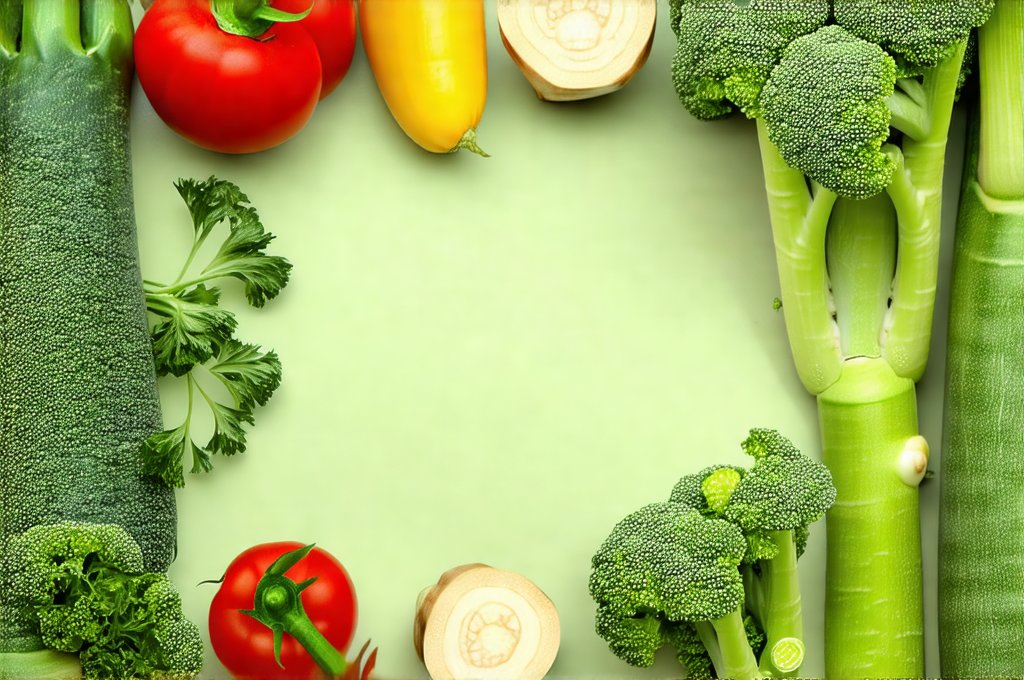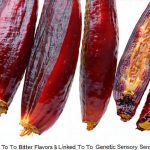Navigating dietary restrictions with Irritable Bowel Syndrome (IBS) can feel like walking through a minefield. Many foods beloved for their taste and nutritional value trigger uncomfortable symptoms in those living with this chronic condition – bloating, gas, abdominal pain, diarrhea, and constipation are just some of the common complaints. The good news is that IBS isn’t a one-size-fits-all illness; what triggers one person may not bother another. Identifying your personal trigger foods is key, but often, it’s about finding safe and nourishing options to build a diet around rather than focusing solely on restriction. This article will explore some of the best vegetables for individuals managing IBS, providing practical guidance on how to prepare them in ways that minimize digestive distress and maximize enjoyment.
The cornerstone of an IBS-friendly diet is often understanding FODMAPs – Fermentable Oligosaccharides, Disaccharides, Monosaccharides, and Polyols. These are types of carbohydrates that can be poorly absorbed in the small intestine, leading to fermentation by gut bacteria and subsequent symptoms. However, it’s important not to demonize all vegetables! Many are low-FODMAP or can be prepared in ways to reduce their FODMAP content. This allows for a diverse and nutrient-rich diet even with IBS. We’ll focus on these options, offering cooking techniques that prioritize gentle digestion and symptom management. Remember that working with a registered dietitian specializing in gut health is always recommended to create a personalized plan tailored to your specific needs and sensitivities. Understanding how the gut affects motivation can also play a role in adhering to dietary changes.
Low-FODMAP Vegetables: Your IBS Allies
Many vegetables naturally fall into the low-FODMAP category or can be made so with simple preparation methods. These offer essential vitamins, minerals, and fiber – crucial for overall health and even gut health when tolerated. Carrots, spinach, bell peppers (red, yellow, orange), cucumbers, zucchini (in limited quantities), potatoes (white and sweet), tomatoes, lettuce, and bok choy are all excellent starting points. These vegetables generally cause less fermentation in the gut, reducing the likelihood of triggering IBS symptoms. Incorporating these into meals provides a foundation for a nutritious diet without overwhelming the digestive system. It’s important to note that portion sizes matter even with low-FODMAP foods; excessive amounts can still contribute to symptoms. Avoiding common dietary mistakes is also helpful in managing IBS.
The key is mindful consumption and observation. Keep a food diary to track what you eat and how it makes you feel. This helps identify individual sensitivities beyond general FODMAP guidelines. For example, some people tolerate carrots well, while others experience bloating with even small portions. Don’t be afraid to experiment cautiously and adjust your diet accordingly. Remember that the low-FODMAP diet is often used as an elimination diet – a temporary measure to identify triggers, not necessarily a long-term lifestyle. The goal is to reintroduce foods gradually and determine what you can tolerate in moderation.
Finally, preparation matters significantly. Raw vegetables can sometimes be harder to digest than cooked ones for people with IBS. Steaming, boiling, grilling, or roasting are preferred methods over frying, which adds unhealthy fats and can exacerbate digestive issues. Focus on gentle cooking techniques that preserve nutrients while making the vegetables easier on your gut. Being mindful of how to eat slowly during meals is also beneficial.
Cooking Methods for Sensitive Digestion
Preparing vegetables in a way that minimizes irritation is paramount when dealing with IBS. Steaming is arguably the gentlest method, preserving vitamins and fiber without adding any extra fat or potentially irritating ingredients. Boiling also works well, though some water-soluble nutrients may be lost; using the cooking water for soups or stocks can help retain these benefits. Roasting vegetables at a lower temperature (around 350°F/175°C) with minimal oil can create delicious flavor without causing digestive distress. Grilling is another option, but avoid charring as it can produce compounds that are difficult to digest.
Avoid ingredients like garlic and onions during preparation, as these are high-FODMAP and common IBS triggers. Instead, experiment with herbs and spices such as ginger, turmeric, basil, oregano, thyme, and rosemary to add flavor. Consider using infused oils (like olive oil infused with herbs) instead of raw garlic or onion. Also be mindful of cooking fats – opt for healthy options like olive oil or avocado oil in moderation.
When it comes to fiber intake, a gradual increase is crucial. Suddenly increasing your fiber consumption can actually worsen IBS symptoms. Start with small portions of low-FODMAP vegetables and slowly increase the amount as tolerated. If you experience bloating or discomfort, reduce the portion size or try a different vegetable. Remember that cooking methods can also impact fiber digestibility; well-cooked vegetables are generally easier to digest than raw ones. Understanding how to eat with mindfulness during meals can also help manage symptoms.
Incorporating Vegetables into Meals: Practical Tips
- Smoothies: Blend spinach or kale with low-FODMAP fruits like blueberries and banana for a nutrient-packed breakfast.
- Soups: Carrot and ginger soup, tomato soup (using lactose-free milk if desired), or zucchini soup are all gentle on the digestive system.
- Salads: Use lettuce, cucumber, bell peppers, and carrots as a base for salads, dressing with olive oil and vinegar instead of creamy dressings.
- Side Dishes: Steamed broccoli, roasted sweet potatoes, or grilled zucchini make excellent side dishes to accompany lean protein sources.
- Snacks: Cucumber slices with hummus (made without garlic) or carrot sticks are healthy and satisfying snacks.
Understanding Vegetable Portions & Individual Tolerance
Determining appropriate portion sizes is essential for managing IBS symptoms. Even low-FODMAP vegetables can cause issues if consumed in excessive amounts. Start with small portions – around 1/2 cup to 1 cup – and observe how your body responds. If you tolerate it well, you can gradually increase the amount. Pay attention to your individual tolerance levels, as these vary significantly from person to person.
A food diary is invaluable for tracking portion sizes and identifying triggers. Record everything you eat, including the quantity of each vegetable, and note any associated symptoms. This will help you understand which vegetables you can tolerate in larger quantities and which ones require smaller portions or avoidance altogether. Remember that stress levels, hydration status, and overall gut health can also influence your tolerance to different foods. If experiencing nausea, it’s helpful to know how to deal with nausea during illness.
The Role of Gut Microbiome & Vegetable Diversity
A healthy gut microbiome plays a vital role in managing IBS symptoms. Vegetables provide prebiotic fiber, which feeds the beneficial bacteria in your gut. However, it’s crucial to find a balance between providing enough fiber to support a healthy microbiome and avoiding excessive amounts that trigger symptoms. A diverse diet, including various low-FODMAP vegetables, is ideal for promoting microbial diversity.
Consider incorporating fermented foods like kefir or sauerkraut (in small quantities) into your diet to further enhance gut health. These foods contain probiotics – live bacteria that can help improve digestion and reduce inflammation. Remember that probiotic supplements are not always necessary; a well-balanced diet rich in prebiotic fiber and fermented foods is often sufficient. Prioritizing gut health through dietary choices, stress management, and adequate sleep can significantly improve IBS symptoms and overall wellbeing. Learning how to eat peacefully with a sensitive system is also key for long term success.


















